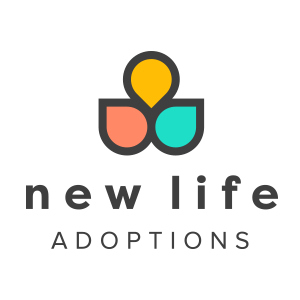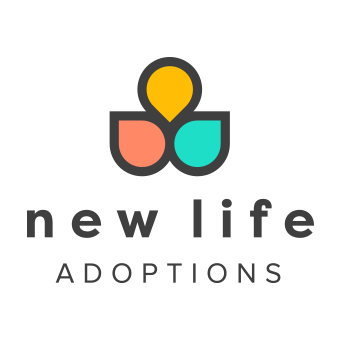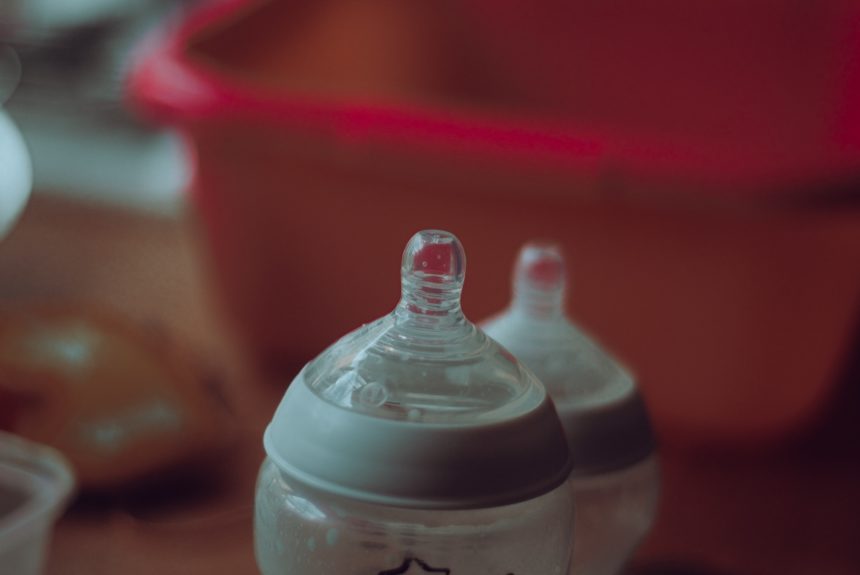Are you wanting to be done producing breastmilk? This is a personal choice, but there are side effects that come along with it. Know that this is a phase only, and here are some tips to help you through.
Leaking
You may leak milk. You are normal if this happens, but it can be embarrassing if you are not prepared.
- Wear disposable or reusable breast pads day and night. This will assist in whisking the moisture away from your breasts to reduce the risk of yeast and make it less noticeable that it is happening to the public.
- If you begin to have a ‘let down’ (leak a large amount of breastmilk quickly), use the palm of your hand or your arm to press firmly against your nipple for 3-5 seconds. This may stop the ‘let down’ or flow.
- Wear a supportive bra. You can wear it to bed for comfort and support. Pick a bra that is not too tight, as this will not help in decreasing your milk supply. Also, choose one that does not have a wire as this can cause blocked milk ducts and potentially mastitis.
Engorgement
Engorgement which is when your breasts are overly full and can be painful.
- Again, wear a supportive, wireless bra.
- Use cold compresses for comfort and stay away from heat.
- You can express a little milk by hand or with a pump. Express only enough to make yourself comfortable as your body will make milk to replace what you emptied out. Remember your milk production is based on supply and demand.
- When showering, avoid having the shower on your chest for long periods during the suppression phase as this can cause nipple stimulation and milk production.
Blocked Ducts
Blocked ducts can happen and feel like a movable lump in your breast that can be sore or painful. This is the fat of the breastmilk solidifying around a milk duct causing a plug. If not taken care of, this can lead to mastitis which is an infection of your breast tissue.
- Use ice for comfort.
- Use gentle massage on the area. You can also use gentle massage while hand expressing or pumping to try and clear the blocked duct.
- No need to empty your breasts when expressing breastmilk. Just enough for some relief.
- Consider using a Probiotic.
Mastitis
Mastitis can also happen without a blocked duct as well, so here are things to be mindful of.
- Signs of mastitis include: a red, warm or hot spot on your breast; fever; chills; body aches.
- The onset of mastitis is usually quick and women state they feel like they have been “hit by the flu.”
- Use the tips from “Blocked Ducts” for comfort and support.
- Speak with your Provider about what pain medications will be safe for you to use. Often using NSAIDs like acetaminophen or ibuprofen can be helpful for pain relief and inflammation.
For treatment for any form of mastitis, please call your Provider. They can prescribe an antibiotic for you. If mastitis is not treated, in rare cases it can lead to an abscess and sepsis.
How Long Will This Last?
How long will this “phase” last, you may ask. Well, that all varies based on several factors.
- Did you begin to breastfeed or pump after delivery of baby? If so, it may take just a day or two longer than others who never initiated breastfeeding or pumping.
- How often you hand express or pump for comfort. Or how much milk leaves your breasts with leaking that can happen.
- How much nipple stimulation your body experiences through showering, during sex, or hand express or pumping.
- If this is not your first pregnancy or you become pregnant again.
Overall, to answer the big question: it can take a few days up to a few weeks for your milk supply to completely dry up. Your journey is based on so many factors and may be different from others.
Remember Your Mood
One last thing to be mindful of when you are in the process of suppressing your breastmilk. Pay attention to your mood. You may have all sorts of feelings regarding no longer needing breastmilk. Hormones also play a part in your emotions during this time as well.
Give yourself grace during this time. Seek support and take care of yourself during this phase.
See our previous blog post regarding hormones, emotions and depression when no longer needing breastmilk. Please seek help if you ever have thoughts of harming yourself or others, or if you experience thoughts of suicide.
Again, everyone’s journey through this process is different. Give yourself grace during this time. Seek support and take care of yourself during this phase.
This post is part three in a three part series. Read part one here and part two here.
Sources:
Australian Breastfeeding Association. (n.d.). Rapid weaning (lactation suppression). https://www.breastfeeding.asn.au/resources/rapid-weaning
KellyMom. (2018, January 2). Too much milk: Sage and other herbs for decreasing milk supply. https://kellymom.com/bf/can-i-breastfeed/herbs/herbs-oversupply/
Mitchell, K. B., Johnson, H. M., Rodríguez, J. M., Eglash, A., Scherzinger, C., Zakarija-Grkovic, I., Cash, K. W., Berens, P., & Miller, B. (2022). Academy of breastfeeding medicine clinical protocol #36: the mastitis spectrum, revised 2022. Breastfeeding Medicine, 17(5), 360–376. https://doi.org/10.1089/bfm.2022.29207.kbm
Yount, J. (2006). Common concerns – mother. Mother-2-Mother. http://www.mother-2-mother.com/motherconcerns.htm#engorgement
About the Author:
 Amanda Little, RN, CLC, has been a nurse for 14 years. Ten years of which have been in the Postpartum Unit, Labor and Delivery Unit, and Level 3 NICU at Mayo Clinic, in Rochester, MN. She has now been at First Care Pregnancy Center, in Rochester, MN for 3 years. She achieved her Certified Lactation Counselor Certification in 2014 and has more than 10,000 hours of hands on lactation support experience. Amanda was recognized with the Mayo Clinic Nursing Individual Achievement Award in 2019 in the Department of Obstetrics, Gynecology, and Neonatology Specialties at Mayo Clinic, in Rochester, MN. Amanda has also been a Perinatal Educator since 2020. Amanda has a passion to support all woman and families through the pregnancy, birthing, parenting, lactating, adoption, grieving, healing, and growing stages of life. Amanda also loves to be an “Auntie” to many children in her community and church.
Amanda Little, RN, CLC, has been a nurse for 14 years. Ten years of which have been in the Postpartum Unit, Labor and Delivery Unit, and Level 3 NICU at Mayo Clinic, in Rochester, MN. She has now been at First Care Pregnancy Center, in Rochester, MN for 3 years. She achieved her Certified Lactation Counselor Certification in 2014 and has more than 10,000 hours of hands on lactation support experience. Amanda was recognized with the Mayo Clinic Nursing Individual Achievement Award in 2019 in the Department of Obstetrics, Gynecology, and Neonatology Specialties at Mayo Clinic, in Rochester, MN. Amanda has also been a Perinatal Educator since 2020. Amanda has a passion to support all woman and families through the pregnancy, birthing, parenting, lactating, adoption, grieving, healing, and growing stages of life. Amanda also loves to be an “Auntie” to many children in her community and church.




